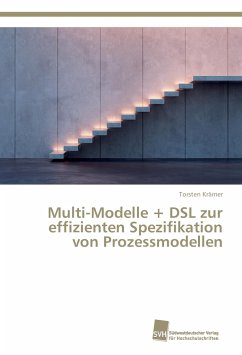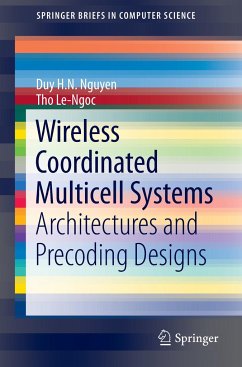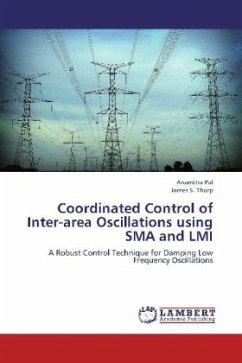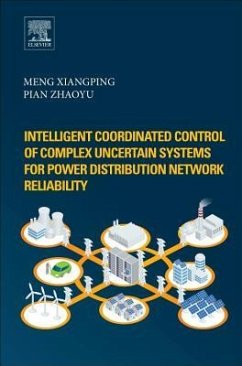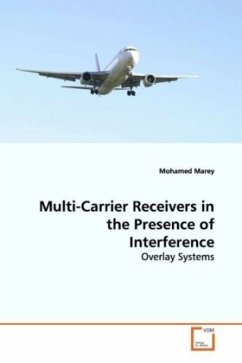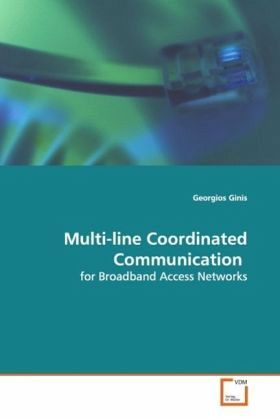
Multi-line Coordinated Communication
for Broadband Access Networks
Versandkostenfrei!
Versandfertig in 6-10 Tagen
39,99 €
inkl. MwSt.

PAYBACK Punkte
20 °P sammeln!
The interest in designing high-speed communicationsystems over metallic wire conductors remains verystrong. This interest is exemplified by efforts todeliver Very-high-speed Digital SubscriberLine (VDSL) systems, Ethernet-in-the-First-Mile(EFM), multi-Gbps Ethernet over copper twisted pairsof short length, and multi-Gbps chip-to-chip seriallinks over cable or backplane traces. A prevailingcharacteristic of such systems is that multiple linesemanate from a central node and reach remoteterminals. Crosstalk amongthe lines is in several cases the dominantconstraining factor for communication.This ...
The interest in designing high-speed communication
systems over metallic wire conductors remains very
strong. This interest is exemplified by efforts to
deliver Very-high-speed Digital Subscriber
Line (VDSL) systems, Ethernet-in-the-First-Mile
(EFM), multi-Gbps Ethernet over copper twisted pairs
of short length, and multi-Gbps chip-to-chip serial
links over cable or backplane traces. A prevailing
characteristic of such systems is that multiple lines
emanate from a central node and reach remote
terminals. Crosstalk among
the lines is in several cases the dominant
constraining factor for communication.
This work examines how coordination among signals of
different lines during transmission or reception
facilitates reliable, high-speed communication. A
fundamental result of this work is that such
coordination in
multi-line channels is capable of achieving
performance that is very close to that attained in
the absence of crosstalk.
systems over metallic wire conductors remains very
strong. This interest is exemplified by efforts to
deliver Very-high-speed Digital Subscriber
Line (VDSL) systems, Ethernet-in-the-First-Mile
(EFM), multi-Gbps Ethernet over copper twisted pairs
of short length, and multi-Gbps chip-to-chip serial
links over cable or backplane traces. A prevailing
characteristic of such systems is that multiple lines
emanate from a central node and reach remote
terminals. Crosstalk among
the lines is in several cases the dominant
constraining factor for communication.
This work examines how coordination among signals of
different lines during transmission or reception
facilitates reliable, high-speed communication. A
fundamental result of this work is that such
coordination in
multi-line channels is capable of achieving
performance that is very close to that attained in
the absence of crosstalk.







